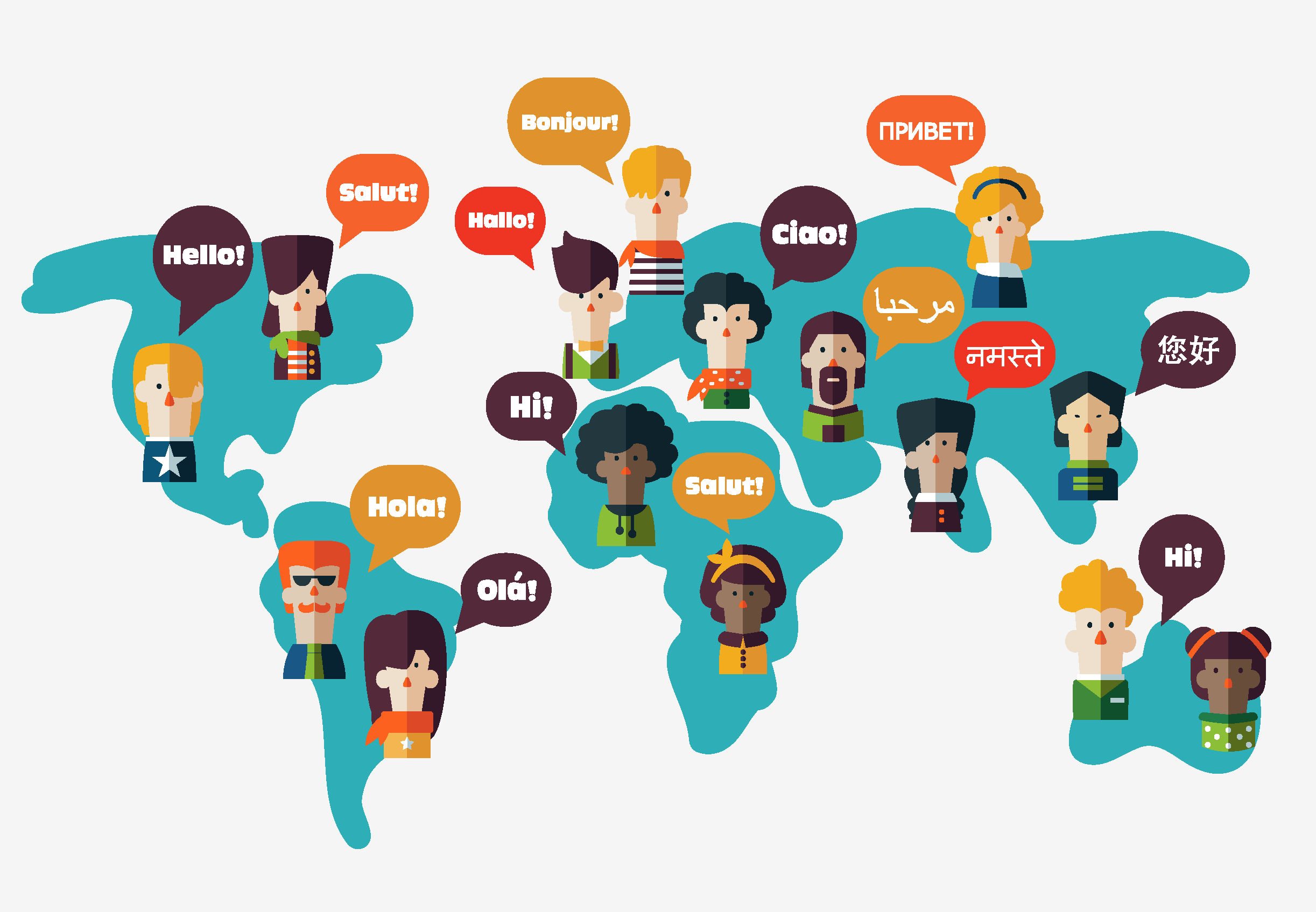

via @betterallies
Being an ALLY means working to dismantle the societal systems of oppression that limit opportunities for people of the global majority. It can look like putting yourself in a vulnerable position for the sake of another person who is being marginalized.
A true ally ...
It's not easy to be a true ally
The first step is to build inner awareness and strategies for your own interactions and missteps.
The following suggestions are taken from the document "How to Monitor Impact over Intent" which was created after an incident on a panel discussion at a recent DEIJ webinar.
Who can be an Ally? ANYONE and EVERYONE!
Here's a recent example:
Resources to begin the work:
Upcoming Training
Share your experiences and perspective about Allyship:

example of ABC's of Allyship poster set (order via link)

Microaggressions are...
Because microaggressions may be unintentional, they can continue unchecked and become increasingly hurtful over time. As a community, we hope to identify and speak to microaggressions when they happen so we can eliminate them from our day-to-day interactions.
微侵害是……
•“对目标个人或群体进行的简短而普遍的日常言语、行为和环境侮辱,无论有意或无意,都是对其进行敌意、贬损或负面的种族、性别、性取向和宗教侮辱”(索洛扎诺等人)。
因为微侵害可能是无意的,它们可以不受控制地继续下去,随着时间的推移会变得越来越伤人。作为一个社区,我们希望当微侵害发生时,我们能够识别并应对它们,这样我们就可以将它们从我们的日常互动中消除。
See two types here:
微侵害有两种类型:
•微侮辱是通过行动或言语表达无礼, 或贬低他人的所属群体或社会身份的行为。 (苏, 等。 al . 2007)
•微失效是包含排除、否定、不认可别人所代表的想法、感觉或现实的行为。 (苏, 等。 al . 2007)。
Explore common microaggressions and how they hurt in various ways:
探究常见的微侵害行为,以及它们如何以各种方式造成伤害:
Learn More:
了解更多:
Share your experiences and thoughts by clicking or scanning the code below
点击或浏览下面的代码,分享你的经验和想法
•你是否曾在某一时刻感受到微侵害?
•你能识别出你使用过却没有意识到的微侵害吗?
References:
Sue, DW; Bucceri, J; Lin, AI; Nadal, KL, & Torino, GC (2007). Racial microaggressions and the Asian American Experience. Cultural Diversity and Ethnic Minority Psychology (13)1. pp. 72‐81.
Solorzano, D, Ceja, M, & Yosso, T (2000). Critical race theory, racial microaggressions, and campus racial climate: The experiences of African American college students. The Journal of Negro Education, 69, pp 60‐73.
Welcome to our Equity newsletter for December!
欢迎阅读我们12月的简报。
In this post, we will...
在这一期的简报中,您将看到:
ISS Announces their new Diversity, Equity, Inclusion, and Justice (DEIJ) officer:
ISS宣布他们新的负责多样性,公平,包容和正义(DEIJ)的官员:
 Joel Jr Llaban will serve as the full-time DEIJ officer for all ISS schools and the organization in general, beginning August 2022
Joel Jr Llaban will serve as the full-time DEIJ officer for all ISS schools and the organization in general, beginning August 2022
Read about him HERE
To follow him on twitter: https://twitter.com/JoelJrLLABAN
Joel Jr Llaban将从2022年8月开始担任ISS所有学校和组织的全职DEIJ官员
请点击链接阅读他的完整信息 HERE
他的推特帐号是: https://twitter.com/JoelJrLLABAN
Reflections from the Danau Tanu session on November 19:
11月19日Danau Tanu 培训的感想:
 18 members of our whole school took the time to reflect on our whole school PD session with Danau. We are hoping for more engagement from faculty and staff with this work moving forward. Justice will not happen for our students if it doesn’t start from the adults.
18 members of our whole school took the time to reflect on our whole school PD session with Danau. We are hoping for more engagement from faculty and staff with this work moving forward. Justice will not happen for our students if it doesn’t start from the adults. “People talk about micro aggressions. I think we all need to understand what they are and how they are perceived in daily lives here in SIS” - SIS staff member who wishes to remain anonymous.
Next steps suggested by the 18 staff members:
Create an SIS DEIJ Mission Statement
Dedicate whole school meeting time to delve into readings and research and participate in discussions
Decolonize curriculum and resources and ensure diverse representation in classroom books
De-Center Celebrations from a western focus
Define international mindedness and equity and describe what it looks like at SIS
Intentionally include of student voice
Offer tangible strategies
Re-examine the roles of TA positions, funding, and professional development
Continue the conversation (Please complete the questionnaire at the end of this newsletter!)
我们学校的18名员工花时间回顾了Danau Tanu给我校员工带来的培训。我们希望更多的教职员工参与进来,让公平体现在每个人的身上。
虽然有人质疑她的方法,但她给了我们一个视角,让我们看到殖民结构是如何伤害我们的学生的。在18个回复中,大多数人同意需要更深入地了解我们的学生群体。一些人建议,需要做更多的工作来理解微侵犯和交叉性,以及它们如何在我们学校内部、东道国和我们的学生和教职人员中发挥作用。
“人们在谈论微侵犯。但我认为我们先需要了解微侵犯是什么,以及他们在SIS的日常生活中被如何看待。”——SIS匿名员工
以下是来自这18名员工的想法
请填写简报最后的问卷调查
Definitions:
定义
结构性种族主义:公共政策、制度实践、文化表征和其他以各种方式发挥作用的体系,往往强化种族群体不平等。它存在于我们的历史和文化的各个方面,这些方面允许与“白人”相关的特权和与“肤色”相关的劣势随着时间的推移而持续。结构性种族主义不是少数人或机构选择去实践的东西。相反,它一直是我们所处的社会、经济和政治制度的一个特征。(via The Aspen Institute)
“隐性课程”指的是学生在学校里学到的不成文的、非官方的、经常是无意中学到的课程、价值观和观点。而“正式”课程由课程,学习活动,以及教育工作者有意地教给学生的知识和技能,隐性课程通过不言而喻的或隐含的学术、社会和文化等传达给在校的学生。(via Ed Glossary)
What Is the Potential for Harm?
潜在的危害是什么?
There are two areas where a lack of understanding of the hidden curriculum can be particularly harmful for our students:
 should not be expected as the language of inclusion. Everyone's language is equally valuable as a way to socialize and learn from each other
should not be expected as the language of inclusion. Everyone's language is equally valuable as a way to socialize and learn from each other缺乏对隐藏课程的理解对我们的学生来说有两个方面是特别有害的:
Examples of the Hidden Curriculum:
隐藏课程的例子:

via Hafferty & Finn (2014) and this post on Medium
How Can We be More Aware of The Hidden Curriculum in our School?
我们如何认识学校的隐性课程?
The first step to awareness is understanding.
To understand the perspectives of others, we need to make time for identity work. When we increase our understanding of our students' and each other's identities, we will be more aware of aspects of our hidden curriculum that can cause harm.
understanding of our students' and each other's identities, we will be more aware of aspects of our hidden curriculum that can cause harm.
第一步是理解。
为了理解他人的观点,我们需要腾出时间来认识身份。当我们增加对学生和彼此身份的了解时,我们就会更加意识到我们隐藏的课程中可能造成伤害的一些方面。
What Do You Think?
继续对话:你怎么看?
Thank you for Learning With Us!
感谢您与我们一起学习!
下一期简报:理解微冒犯和交叉性
We hope you found the session with Danau Tanu thought-provoking.
Please share your experiences and wishes for our school on this form.
Although optional, we hope many of you will share your experiences and thoughts. Your comments may be kept anonymous if you wish. Or, you may choose to allow us to share your comments with our community to help everyone learn how to be more aware of any underlying racism that exists in the SIS community.
Who Are We?
The SIS Equity Taskforce is a group of teachers and administrators. We are learning alongside our colleagues and know that we may make mistakes along the way. Please let us know of anything that causes you discomfort and please reach out to any of us - anytime - with questions, concerns, or ideas.
The Taskforce welcomes new members any time during the school year. SIS wants all voices represented as we move forward to create a more equitable climate in our school.
We aim to...
You may contact any members at any time. Please indicate the level of confidentiality you desire in your note.

Resources from Danau's Talk: